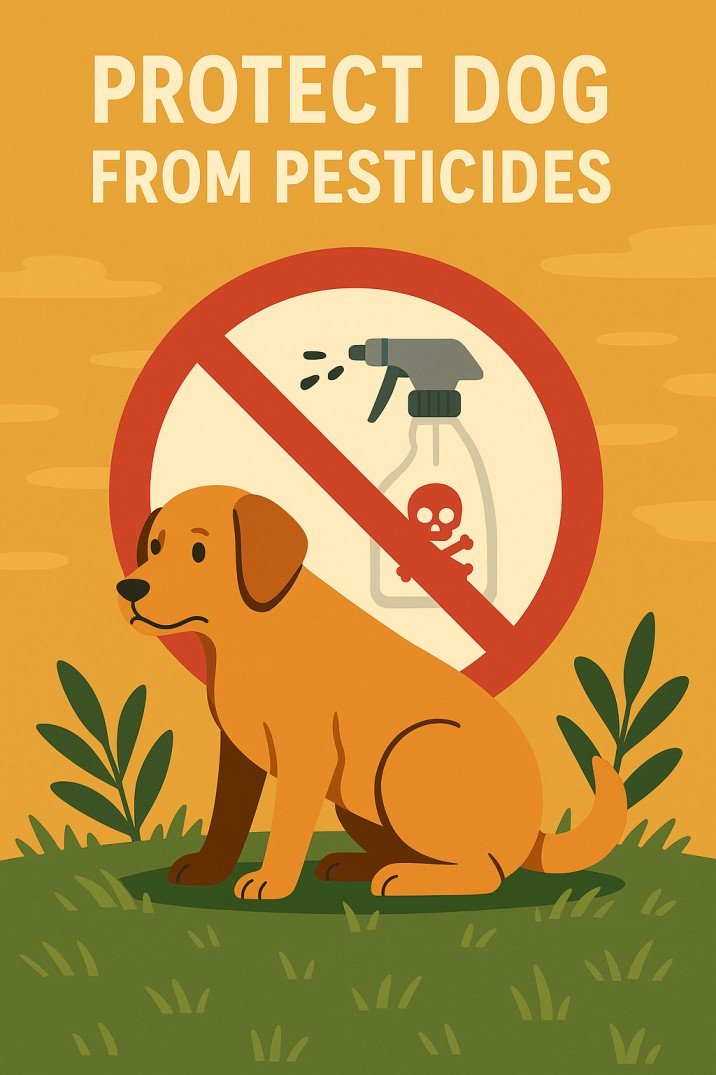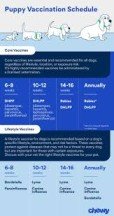Protect Dog from Pesticides: A Must-Read Guide for Pet Owners
Keeping our homes and gardens pest-free is important, but have you ever considered how harmful common pesticides can be to your dog? Many pet owners unknowingly expose their furry companions to toxic chemicals through lawn treatments, pest control products, and even household cleaners. If you’re searching for reliable ways to protect dog from pesticides, this guide is for you.
In this article, we’ll explore the dangers of pesticides, the symptoms of exposure, and practical steps every dog owner can take to create a safe environment for their four-legged friend.
Why It’s Important to Protect Dogs from Pesticides
Pesticides are chemicals used to kill or control pests, but they’re not selective. They can harm beneficial insects, wildlife—and your dog. Products like insecticides, herbicides, rodenticides, and fungicides contain toxic compounds that can be dangerous when inhaled, ingested, or absorbed through a dog’s skin or paws.
Some of the most harmful chemicals for dogs include:
- Glyphosate (in weed killers like Roundup)
- Carbamates and organophosphates (found in insecticides)
- Pyrethroids (used in many sprays and flea treatments)
Even small amounts can cause health problems, ranging from skin irritation to severe poisoning.
Signs of Pesticide Poisoning in Dogs
Before diving into prevention tips, it’s crucial to recognize the symptoms of pesticide exposure. Early detection can save your dog’s life.
Common signs include:
- Vomiting or diarrhea
- Drooling excessively
- Lethargy or weakness
- Loss of appetite
- Muscle tremors or seizures
- Difficulty breathing
- Skin rashes or irritation
If you notice any of these symptoms and suspect pesticide exposure, seek veterinary help immediately.
8 Effective Ways to Protect Dog from Pesticides
1. Avoid Recently Treated Areas
Whether it’s your own yard, a neighbor’s garden, or a public park, avoid areas that have recently been sprayed with pesticides. Dogs can easily absorb chemicals through their paws or lick them off their fur. As a rule of thumb, wait at least 48–72 hours after spraying before letting your dog onto treated surfaces.
2. Choose Pet-Safe Pest Control Products
If you treat your home or yard for bugs or weeds, always choose pet-safe alternatives. Look for products labeled as non-toxic or pet-friendly. Avoid harsh chemicals and opt for natural solutions like:
- Neem oil
- Diatomaceous earth (food grade)
- Vinegar-based weed killers
- Essential oils like peppermint or citronella (in safe amounts)
Always read labels carefully and follow instructions.
3. Wipe Paws and Fur After Outdoor Walks
Even if you don’t spray pesticides yourself, your dog might pick up chemical residue from sidewalks, parks, or neighbor’s lawns. After walks, use a damp cloth or pet-safe wipes to clean your dog’s paws, belly, and fur. This simple habit helps remove toxins before your dog can lick them off.
4. Create a Pesticide-Free Zone at Home
Dedicate a section of your yard that is completely free from pesticides. Use fencing or garden borders to keep your dog within this safe space. Consider using raised garden beds or artificial turf in this area to minimize exposure risks.
5. Keep Pesticide Containers Out of Reach
Many accidental poisonings happen when curious dogs chew on pesticide containers. Store all chemicals in sealed containers and place them in high cabinets or locked storage areas. Never leave products unattended in your yard or garage.
6. Regular Grooming and Bathing
Bathing your dog regularly helps remove dirt, allergens, and chemical residues from their coat. Use a gentle, dog-safe shampoo and rinse thoroughly. If your dog has been exposed to a questionable area, a bath can help prevent skin irritation or ingestion of toxins.
7. Talk to a Veterinarian About Safe Flea and Tick Prevention
Some over-the-counter flea and tick treatments contain pesticides that can harm your dog. Always consult your vet before choosing a product. Many natural or prescription options are safer and more effective. Your vet can help you select the right method based on your dog’s size, breed, and health condition.
8. Educate Your Family and Neighbors
Sometimes, the danger isn’t from your own yard but from a neighbor’s. Politely inform nearby homeowners about your concerns and request that they notify you when they plan to spray. If you hire a lawn service, make sure they use pet-safe products and inform you ahead of treatments.
Long-Term Health Risks from Pesticides
Continual exposure to small amounts of pesticides can lead to chronic health problems in dogs, including:
- Liver and kidney damage
- Respiratory issues
- Hormonal imbalances
- Increased cancer risk
By taking steps to protect your dog now, you’re reducing the chance of long-term health complications and costly vet bills in the future.
Final Thoughts
Every pet owner wants a clean and pest-free environment, but it shouldn’t come at the cost of your dog’s health. Knowing how to protect dog from pesticides empowers you to make safer choices for your home, garden, and everyday routine.
Start by switching to pet-safe products, avoid treated areas, and practice good hygiene after outdoor walks. A few small steps can make a big difference in your dog’s safety and happiness.
SEO Keywords: protect dog from pesticides, pet-safe pesticides, dog pesticide poisoning symptoms, how to keep dogs safe from chemicals, pesticide-free lawn care for dogs








Leave feedback about this